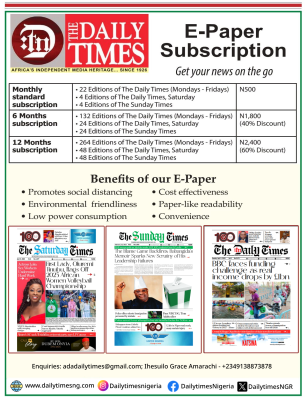Market driven FX Policy, key to forex inflows optimization – Analyst

Experts have lauded progress recorded by current foreign exchange policy which continues to mount pressure on forex, but noted that a sustainable policy driven by market forces would sustain forex inflow optimization.
Investment One financial services in its latest weekly market report “Fixed income and currency market report for the week ended Mach 03, 2017” noted that the current high yield on forex investment is positive sign for increased forex inflow, which should be sustained.
The report showed that forex Forwards and futures market will continue to generate higher interests in the weeks ahead , hence, in the outgone week, FX inflows via the OTC FX futures was estimated at $40million while the CBN sold $230millio FX forward.
Selling currency forward, is a binding contract in the foreign exchange market that locks in the exchange rate for the purchase or sale of a currency on a future date. A currency forward is essentially a hedging tool that does not involve any upfront payment.
According to the report, the inflow via OTC FX futures lagged penultimate week inflows of $292million by over -86 per cent. In the near term, InvestmentOne noted “while we see the current high yield on F I instruments as a positive for increased FX inflows , we expect such inflows to remain sub-optimal, until the FX policy regime becomes more market -driven and transparent.”
The report identified recent guidance for a possible rate hike by the US Fed in March, as a clog on potential FX inflows into the country.
The report hinged stability of the Naira in the near terms on the Central Bank of Nigeria’s (CBN) continued intervention, it however pointed that the gain may be short –lived as inflows from autonomous sources would remain suppressed given investors’ concern regarding the country’s FX regime.
“Consequently, we see continued pressure on the local currency if the CBN persist with its current FX regime. We highlight that we have seen the Apex bank increase the NGN/USD rates on futures contracts over the last three months, which may continue going forward”







